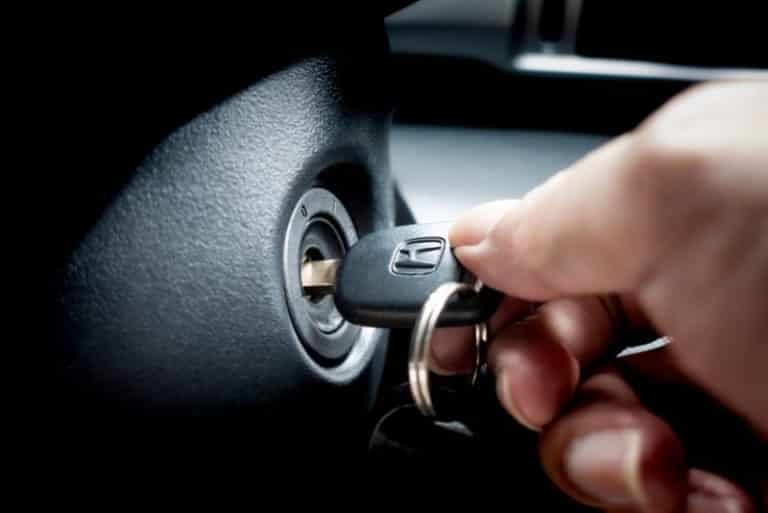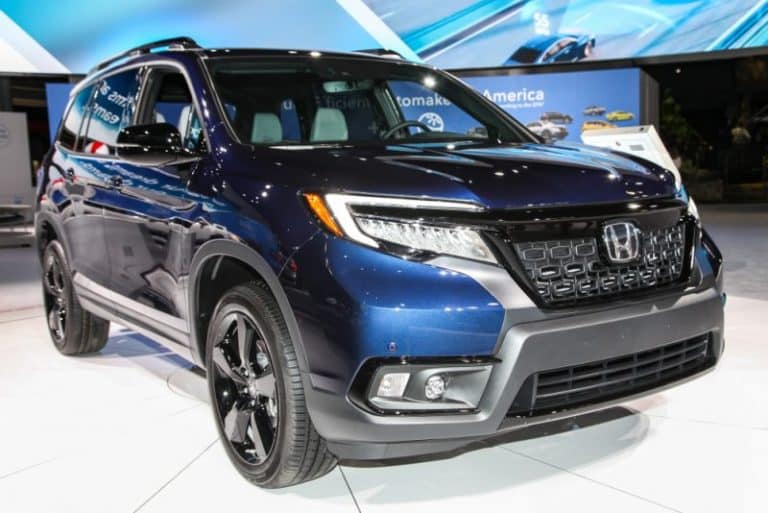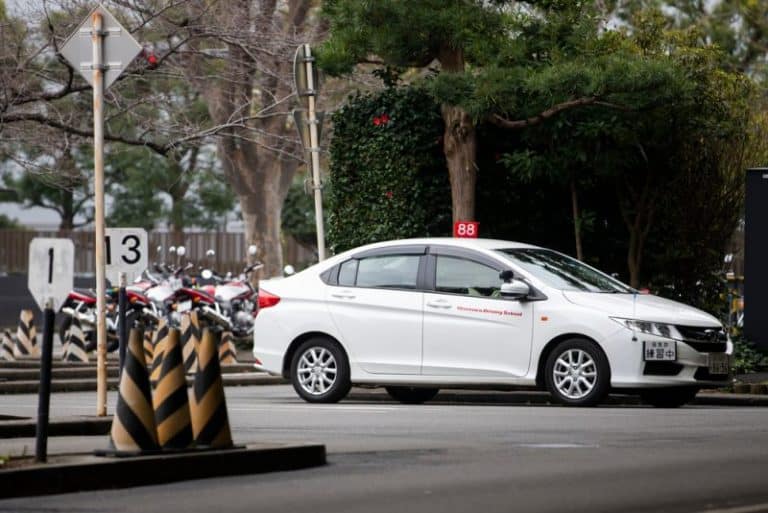Does Honda Jazz Use Fuel Injection? (Let’s See)
At one point or the other, you would probably have wondered about the driving mechanism of your car.
You put the car in the ignition, and suddenly the engine revs to life.
It runs for miles converting the chemical energy of the fuel to kinetic energy till your next stop at the gas station.
And at the center of it all is the efficient fuel delivery system in the engine- the fuel injector system.
All Honda Jazz hatchbacks make use of fuel injectors. Honda manufacturers adopted this over the formerly-used carburetors because they are more fuel-efficient. They also preserve the vehicle’s engine in the long run. In this article, you’ll find out all you need to know about fuel injectors.
What is Fuel Injection?
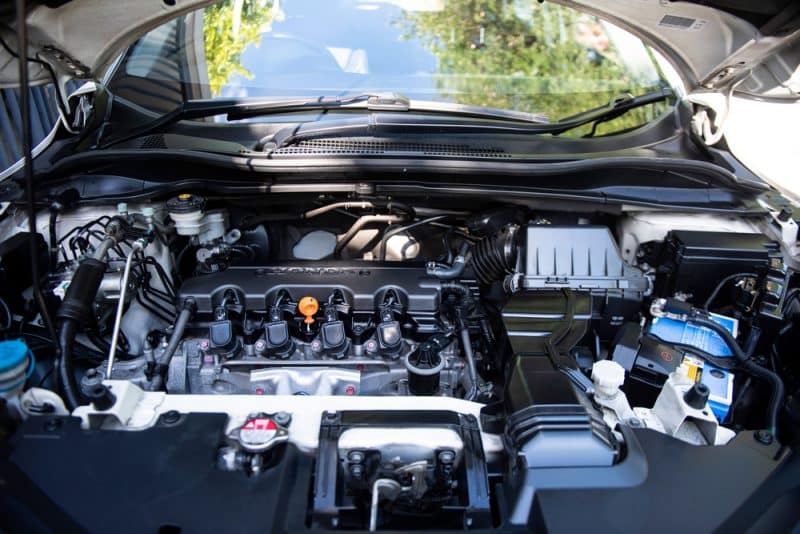
Fuel injection is the process of supplying fuel to the engine’s combustion chambers through a fuel injector.
These injectors work like a syringe and deliver fuel by a pumping effect.
Furthermore, they automatically measure the right quantity of fuel needed and injects it at the right time.
The whole fuel injection process is continuous, consistent, and electronically controlled.
For a better understanding, let’s look at how gas stored in your fuel tank moves to the engine. On ignition:
- The fuel pump conveys fuel under high pressure from the fuel tank to the fuel lines.
- The fuel lines are metallic pipes that run from the fuel tanks to the engine.
- The fuel filter separates debris and unwanted contaminants from the gas before getting to the engine. And lastly,
- The fuel injector(s) deliver the fuel in a measured quantity to the internal combustion chambers of the engine.
Here, the spark plug ignites the fuel and air mixture to produce energy to move the car. This energy transmits to the wheels, and the system repeats the process.
Interestingly, all this automatically occurs in a split second!
Below are the benefits of Honda fuel injectors:
- Fuel metering is more accurate as the fuel injector is programmed to deliver the right quantity of gas at the right time.
- Fuel injection cars conserve fuel better: by appropriate metering, the injector ensures that every drop of fuel is vaporized and burnt and reduces wastage.
- Fuel injectors reduce air pollution due to the emission of unburnt fuel in the form of carbon.
- Fuel injectors also automatically balance the fuel-air ratio as fuel burns to release energy.
How do I Know if My Car is Fuel Injection?
All modern car engines use fuel injection systems instead of the formerly used carburetors.
The Honda Jazz is no different. You can confirm the fuel system of your car by:
- Confirming the year of production: Honda cars produced beyond 1996 are all fitted with fuel injection
- Checking the owner’s manual: information concerning the type of fuel injector is present in the manual
- Inspecting the engine yourself is a practical way to check your vehicle’s fuel injection by examining it under the hood.
The fuel injectors are easy to recognize due to their characteristic syringe-like shape. Usually, they reside with their tips inside the engine’s combustion chamber.
Although there are different types of Fuel Injection systems in Honda vehicles, the working mechanism are nearly the same.
The types of fuel Injectors include:
#1. Single-point or throttle body injection:
Is made up of one or two injectors. They were the first type of injectors that manufacturers used after car curators.
#2. Multipoint fuel injection:
Utilizes at least four injectors and is more precise than throttle body injection. It is also known as Port Injection.
#3. Direct injection:
Delivers fuel directly to the combustion chambers without valves.
#4. Sequential fuel injection:
A type of multipoint injection that is stringently timed.
Honda Jazz hatchback majorly uses multipoint fuel injectors, perfect for achieving the required fuel-air ratio.
Unfortunately, one or more fuel injectors may become faulty, and this is a fault you may observe in your Honda Jazz.
Commonly, bad fuel injector symptoms may present as a bad fuel pump. Examples of such symptoms include difficulty in starting, emission problems, the smell of fuel, etc.
Take note that you can distinguish a bad fuel injector from a faulty fuel pump by checking the pressure at the rails.
If there is noticeable pressure at the fuel rails, it confirms that the fuel pumps are working fine, and the injectors may be the problem.
In addition, Honda fuel injectors typically work well for up to 50,000- 100,000 miles.
Therefore, it’s advisable to get your fuel injectors cleaned as often as possible and replace them after every 100,000 miles.
What Year Did Honda Start Using Fuel injection?
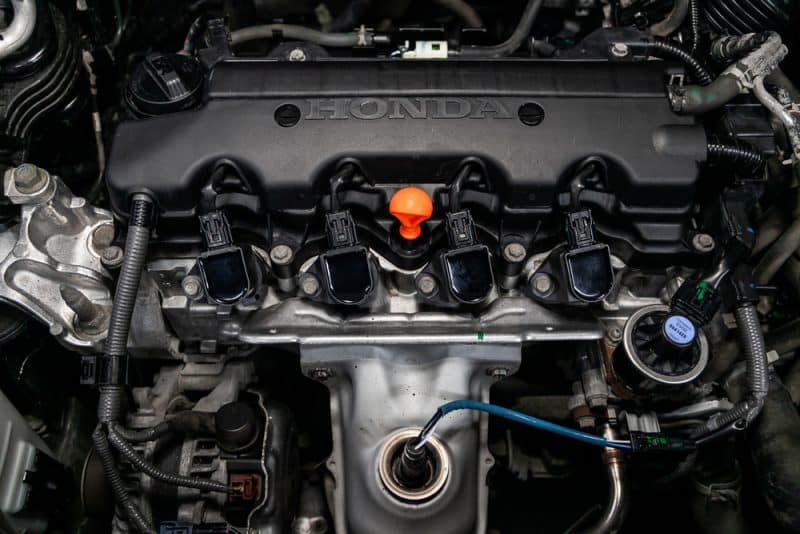
Honda adopted the fuel injector system for its automobiles in 1996. Unlike the former Carburetor systems, fuel injectors are more controllable.
The result is that the combustion process is more effective, the vehicle conserves fuel better, and the engine malfunctions less.
In addition, Honda Jazz also uses continuously variable transmission technology rather than an automatic or manual transmission.
The continuously variable transmission is one step ahead of the other transmission systems in ensuring fuel efficiency.
It does this by monitoring the engine revs to use the exact fuel needed at any point.
The Fuel Injectors work together with the Continually Variable transmission to make the Honda Jazz hIghly fuel-efficient.
And this is evident in the Honda Jazz’s fuel consumption and high car mileage. The fuel tank capacity of Honda Jazz is 40-42 liters and can reach mileages of up 62.8 mpg.
That totals up to 600Km mileage when the fuel tank is full.
How To Replace Fuel Injectors | Honda IDSI
Conclusion
Vehicles with fuel injector systems perform more efficiently than their counterparts and are more fuel conservative.
It is evident in the car’s mileage and the engine’s longevity in the long run.
The Honda Jazz Hatchback combines the fuel injector system with a continuously variable transmission to ensure that it is highly fuel-efficient.
This five-door hatchback is called the “ultimate fuel saver” without good reason. It is an economical car guaranteed to save you money and frequent trips to the mechanic workshop.


